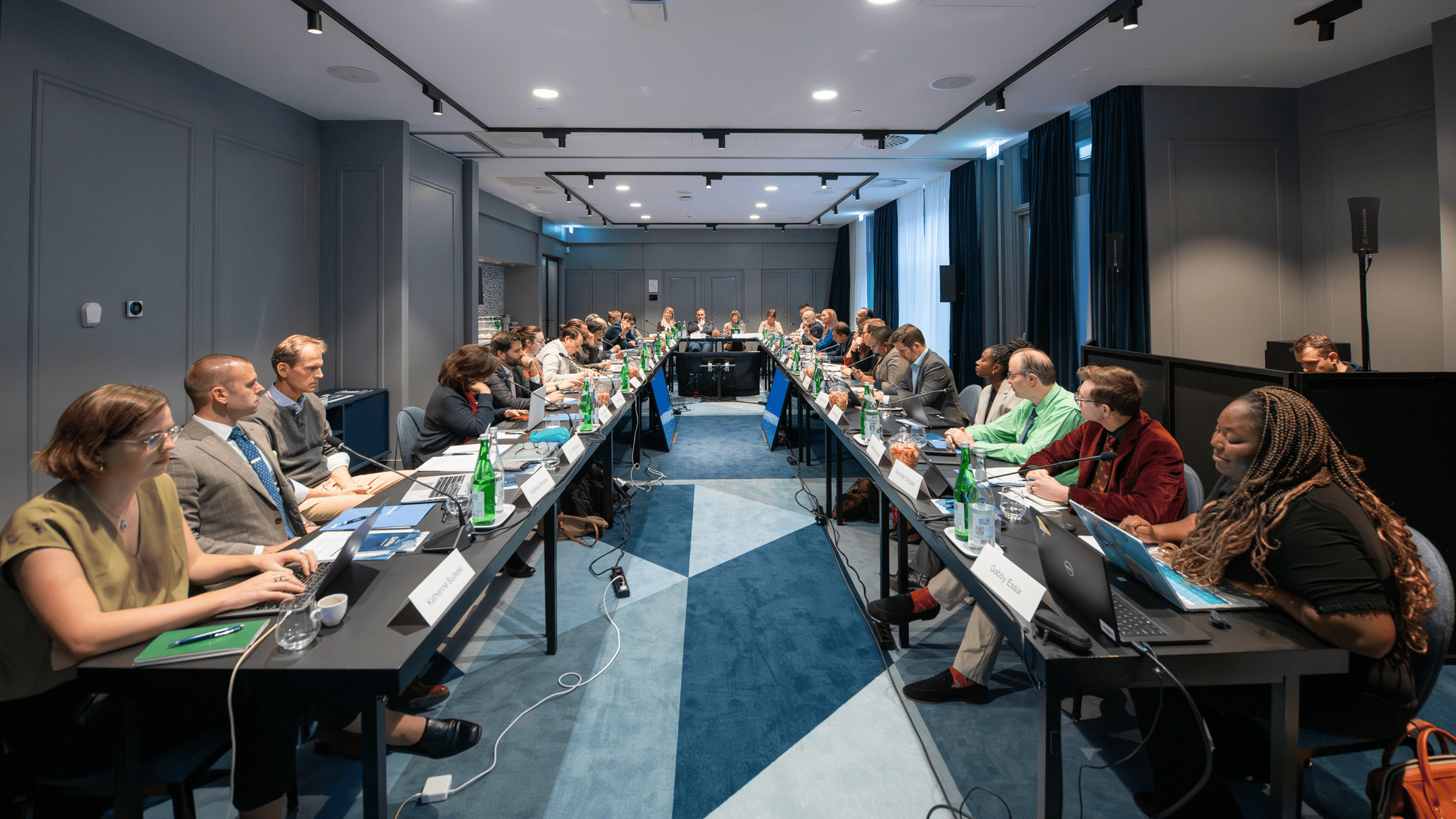- Courses
- GS Full Course 1 Year
- GS Full Course 2 Year
- GS Full Course 3 Year
- GS Full Course Till Selection
- Online Program
- GS Recorded Course
- NCERT (Recorded 500+ Hours)
- Polity Recorded Course
- Geography Recorded Course
- Economy Recorded Course
- AMAC Recorded Course
- Modern India, Post Independence & World History
- Environment Recoded Course
- Governance Recoded Course
- Science & Tech. Recoded Course
- International Relations and Internal Security Recorded Course
- Disaster Management Module Course
- Ethics Recoded Course
- Essay Recoded Course
- Current Affairs Recoded Course
- CSAT
- 5 LAYERED ARJUNA Mentorship
- Public Administration Optional
- ABOUT US
- OUR TOPPERS
- TEST SERIES
- FREE STUDY MATERIAL
- VIDEOS
- CONTACT US
50th Anniversary of the Biological Weapons Convention (BWC)
50th Anniversary of the Biological Weapons Convention (BWC)

The Biological Weapons Convention (BWC), the first multilateral treaty to prohibit an entire category of Weapons of Mass Destruction (WMD), marked its 50th anniversary. Opened for signature in April 1972, it officially came into force on March 26, 1975.
About the BWC
Formally known as the Convention on the Prohibition of the Development, Production, and Stockpiling of Bacteriological (Biological) and Toxin Weapons and on their Destruction, the BWC aims to eliminate the threat of biological and toxin weapons.
- Nature of Biological and Toxin Weapons
- These include microorganisms such as viruses, bacteria, and fungi, or toxic substances derived from living organisms, deliberately used to cause harm to humans, animals, or plants.
- Examples: Anthrax, Botulinum toxin, and Plague.
- Consequences: Food insecurity, environmental disasters, economic damage, public health crises, and societal unrest.
- Background: Negotiated in Geneva, Switzerland, under the Conference of the Committee on Disarmament.
Must Read: International Day for the Total Elimination of Nuclear Weapons | 26 September
- Key Provisions
- The BWC prohibits the development, production, acquisition, transfer, stockpiling, and use of biological and toxin weapons.
- It strengthens the 1925 Geneva Protocol, which only banned the use of such weapons but not their development or stockpiling.
- Membership
- The convention has 188 States Parties and four Signatory States (Egypt, Haiti, Somalia, and Syria).
- India is a signatory to the BWC.
Must Read: The Ethics of Nuclear Weapons | 2024 Nobel Peace Prize
|
Other International Treaties Prohibiting WMD
(Must Read: Nuclear Non-Proliferation Treaty (NPT) - 55 Years Since Coming Into Force)
|
|
Also Read |
|
| NCERT Books For UPSC | |
| UPSC Monthly Magazine | Best IAS Coaching in Delhi |




